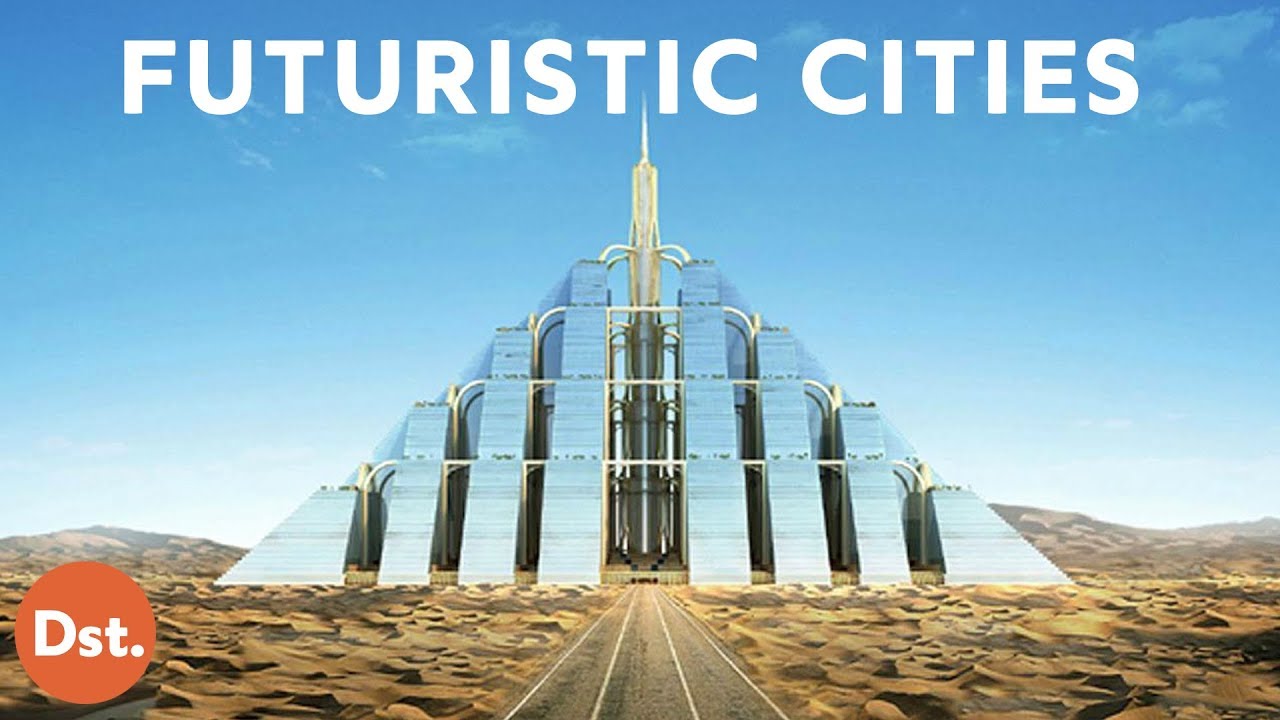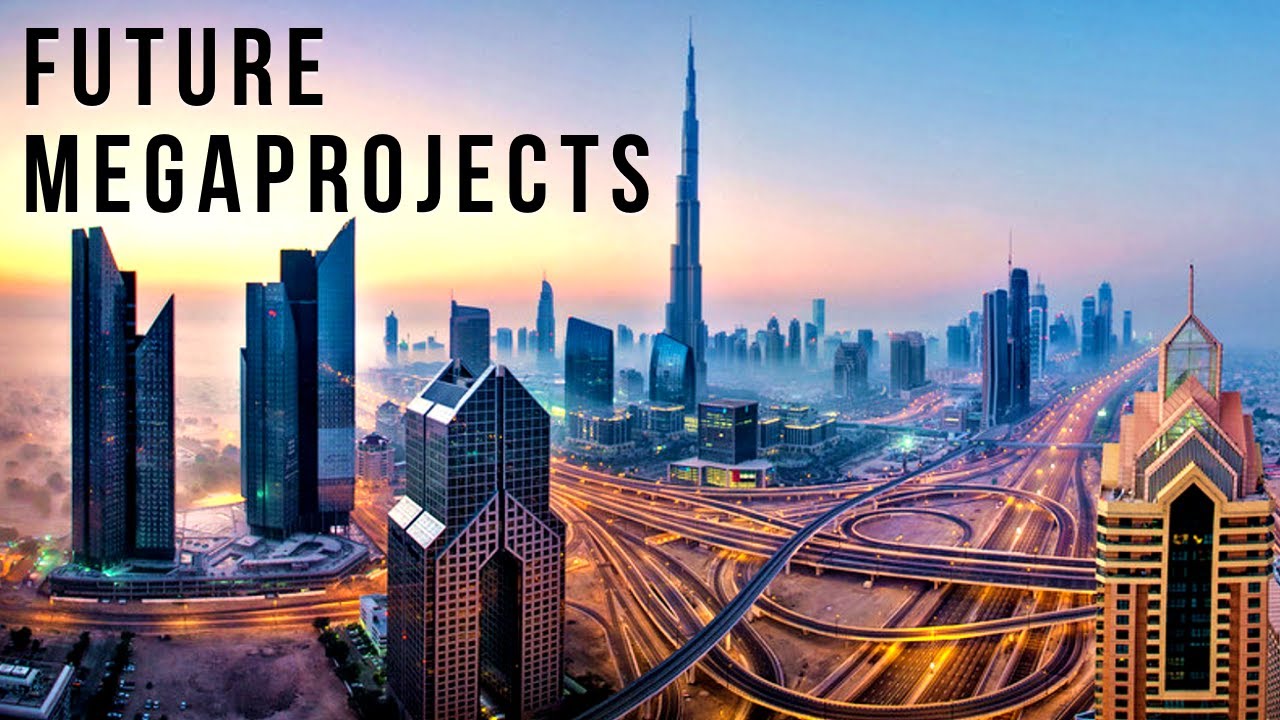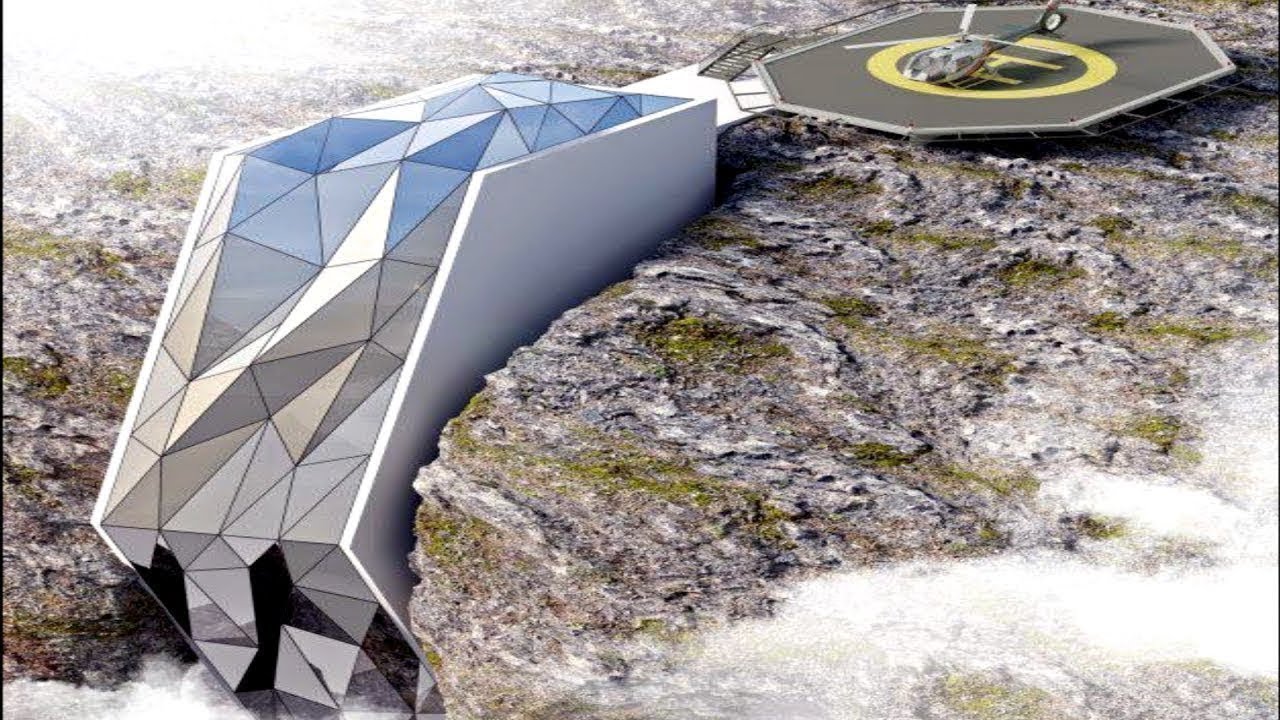Internet of Things and Marketing – 5 Predictions
Smart products use the Internet of Things (IoT) technology. It is changing the world.
But what does that translate to in the marketing world?
What can be expected in the years to come?
How will branding and marketing strategies have to change to capture this new emerging market?
Keep reading to discover 5 predictions regarding the way the Internet of Things (IoT) will change and improve marketing.
What is a smart product?
Smart devices have the ability to connect to the internet. This also enables a smart product to connect to another device. It makes use of IoT technology to establish connections to the internet and other products.
Smart products help to create new ways of automation. You can track, monitor, and control a smart product with another smart device.
What is IoT?
The Internet of Things is the giant network on which smart devices share information.
IoT data is stored in cloud technology and guarded by companies like manufacturers, marketers and other online service providers.
5 Predictions for IoT and Marketing
IoT technology is shaking things up. It’s changing the very face of many industries.
From manufacturing to healthcare, new depths of information are available. It is disrupting business as usual.
1. New Digital Devices Will Be Created
A need has caused the birth of many an invention. Smart devices have many more applications available. But, these devices will cause new needs to arise. Look at the rate at which portable and rechargeable power banks have spread across the world. People want on-demand recharging for their devices. The need for electricity in remote places has birthed an invention. Just so will IoT and its needs birth new inventions.
2. IoT Data Will Change Contextual Marketing
Millions of smart devices are already in operation all over the world. Big data is an understatement when it comes to harnessing worldwide IoT data. Users and customers will be tracked over the various products they own and use.
Marketers are able to pinpoint certain behaviours and preferences of customers. Marketing campaigns will be much more focused to try and increase their turnover rate. It may very well increase customer engagement due to new access to information previously unavailable.
3. IoT Data Will Be the Modern Day Gold Rush
IoT data and its uses will enjoy very high demand. And a higher demand always drives a higher price. IoT data will be expensive.
Companies from every imaginable industry will look for more comprehensive information. Information regarding their productivity, customers’ needs, industry trends, and other forecasting and budgeting related information. IoT data will supply the answers that will help companies to enhance productivity, sharpen execution, and retain customers.
4. Marketing Agency Roles Will Evolve
Advertising agencies have some of the smartest and sharpest brains around. People who can somehow connect the dots in seeming madness. The creativity of these agencies has captured the imaginations of the public through carefully crafted campaigns for its customers. They create and keep a following that leads to higher sales and revenues.
But, IoT data brings a new role into play. Agencies will also have to look into the data analytics and presentation of IoT data. IoT information about customers and their behaviours will change the marketing game. Agencies need to know how to gain the right information and also how to apply it. This type of information will lead to better results for its customers.
5. More Timely and Better Personalized Marketing
Online marketing can become overbearing and irritating to internet users. Much worse, it could be irrelevant. Irrelevant marketing is about as effective as a vacuum cleaner in a desert. It does its job but to no real effect.
IoT data will help marketers to create personalized and tailor-made campaigns for individual customers. It can even track specific actions and behaviours of customers to enhance customer engagement and turnover. That’s because data-driven relationships happen in the following order.
Data-Driven Relationships Process:
- More connected devices;
- Leads to more information;
- Leads to smarter data;
- Leads to relevant campaigns;
- Leads to increased customer engagement.
Marketers will be able to recognize where customers are in their lifecycle stage. The marketer will be able to guide customers to specific solutions that are relevant.
5 Ways Marketers Will Use IoT
So how will marketers then use this new type of information?
Here are a few ways that will change the marketing game.
1. Analyse Customer Buying Habits Across Platforms
Marketers will for instance track and monitor the devices that are used by a customer. They will notice certain habits on different devices. They will apply the relevant campaigns to the specific devices owned by a user.
2. Harness Information Previously Unavailable
Every smart device that connects to the internet will supply information. Users’ habits can be tracked in every room of their homes. Smart refrigerators will even track customer behaviour.
3. More Precise Information About Customer Lifecycle Stages
The customer’s lifecycle can be pinpointed with greater success. Marketers will understand the customers’ needs better. This will help to guide customers towards a sale much faster.
4. Enhance Customer Relations and Resolve Issues
Smart technology has narrowed the gap between the customer and the product or service provider. Customer grievances will be resolved much faster. It will even help facilitate something as tedious as product recalls with a customer specific approach. The marketing expenses will be kept low by only contacting customers with affected products.
5. Better and More Specific Marketing
The team from SafeAtLast says that IoT is changing the marketing game. Use it to your advantage and gain the success that comes with it.
Join the Conversation
We’d love to hear what you have to say.
Get in touch with us on Facebook Group and Twitter.
How will the city of the future look like?
Big data, Internet of Things (IoT), artificial intelligence (AI), robots, drones, autonomous green vehicles, 3D / 4D printing, renewable energy, virtual reality (VR),leap motion, eye controlled technology are just part of the present and new technologies that are here or will be here in the near future to influence our lives.
The cities are evolving as well, by becoming Smart Cities. From Singapore to Amsterdam and Barcelona, from Dubai to Stockholm,from New York to Manchester and even Alba Iulia in Romania, information and communication technology is used to enhance quality, performance and interactivity of urban services, to reduce costs and resource consumption and to increase contact between citizens and government. Smart city applications are developed to manage urban flows and allow for real-time responses.
The smart city concept integrates information and communication technology and various physical devices connected to the network (IoT) to optimize the efficiency of city operations and services and connect to citizens. Smart city technology allows city officials to interact directly with both community and city infrastructure and to monitor what is happening in the city and how the city is evolving.
According to the IESE Cities in Motion Index 2017, quoted by Forbes, which analyses all aspects that make up sustainability and quality of life in 180 key world cities, New York is again the smartest city in the world, followed by London and Paris.
To compile the index, the authors analyze 79 indicators across 10 different dimensions of urban life: the economy, technology, human capital, social cohesion, international outreach, the environment, mobility and transportation, urban planning, public administration and governance. The results show that almost all of the dimension measured in the ranking are led by European and North American cities. The exception is technology, where Taipei rules.
In top 10 are present three other American cities (Boston 4th, San Francisco 5th, and Washington, D.C. 6th), two other European cities (Berlin 9th and Amsterdam 10th), and two Asian (Seoul 7th and Tokyo 8th).
Moreover, according to CityMetric, Singapore is also a leading example of a smart city, and is constantly evolving its “city brain,” a backbone of technologies used to help control pollution, monitor traffic, allocate parking, communicate with citizens, and even issue traffic fines. “The behavioral aspect is not to be overlooked. Singapore’s “brain” is attempting to modify human behavior – for example, one system rewards drivers for using recommended mapped routes, and punishes those who do not. Ultimately, Singapore’s planners hope to discourage driving, and guide most commuters to making greater use of public transportation. The city is planning for 100m “smart objects” including smart traffic lights, lamp posts, sensors, and cameras on its roadways, which will be used to monitor and enforce laws,” wrote Fast Future for CityMetric.
But how will those smart cities look in the future and what can we expect from them and the specialists living and creating in them? “The number of smart cities around the world is expected to grow exponentially over the next few years and by 2050, 70 per cent of the world’s population will be living in smart cities,” believes Nick Ismail in his piece for information-age.com.
Moreover, it appears that 2030 will bring the introduction of Connected street lights, which will stream data between millions of devices and improve city services such as light, traffic, air quality, public safety and parking. Lighting technology will be at the heart of urban life in 2030 as well, helping deliver more sustainable and better-connected smart cities. “And if that wasn’t enough, by 2050 take-aways will be delivered by drones, replacing motorbikes and cars. One pizza manufacturer has already tested drone delivery and some predict these automated flying machines will fill the skies replacing the couriers of today,” adds Ismail.



